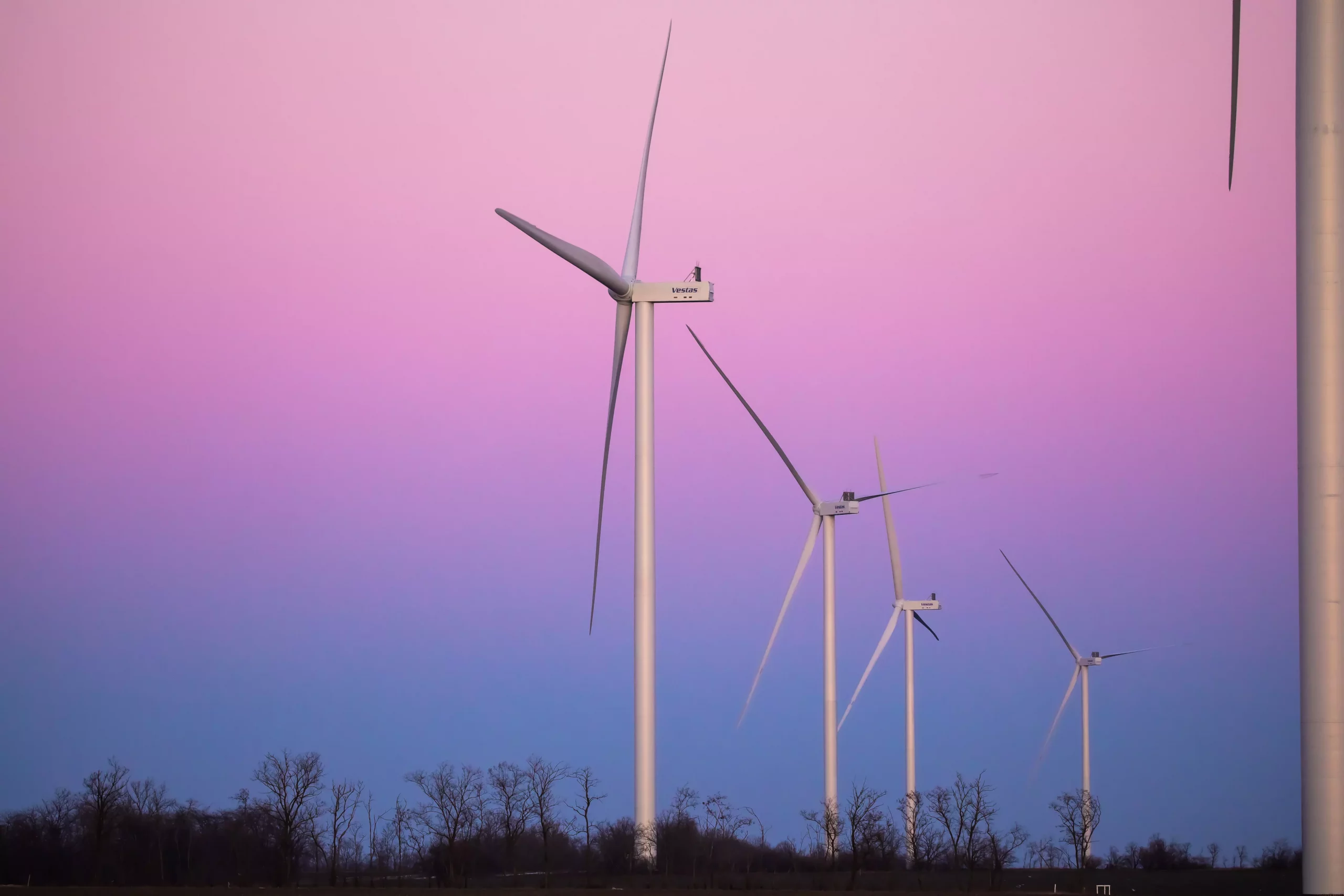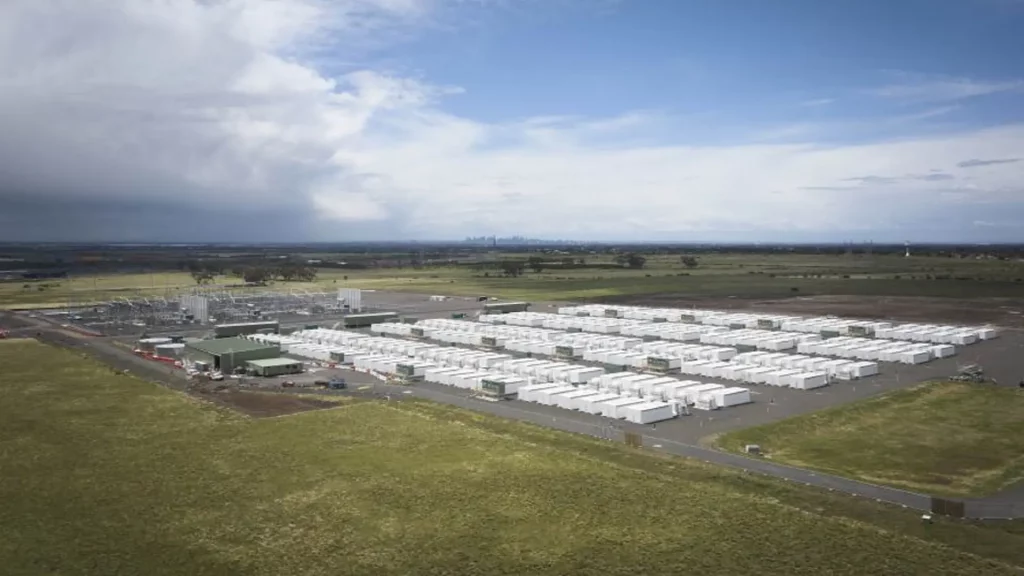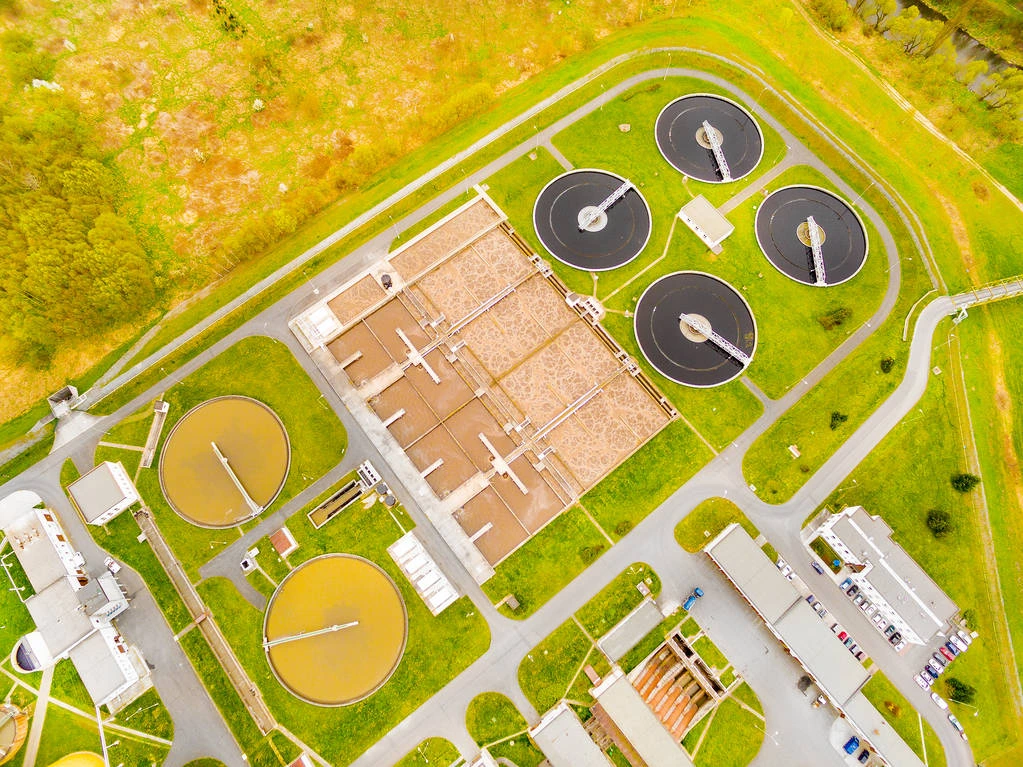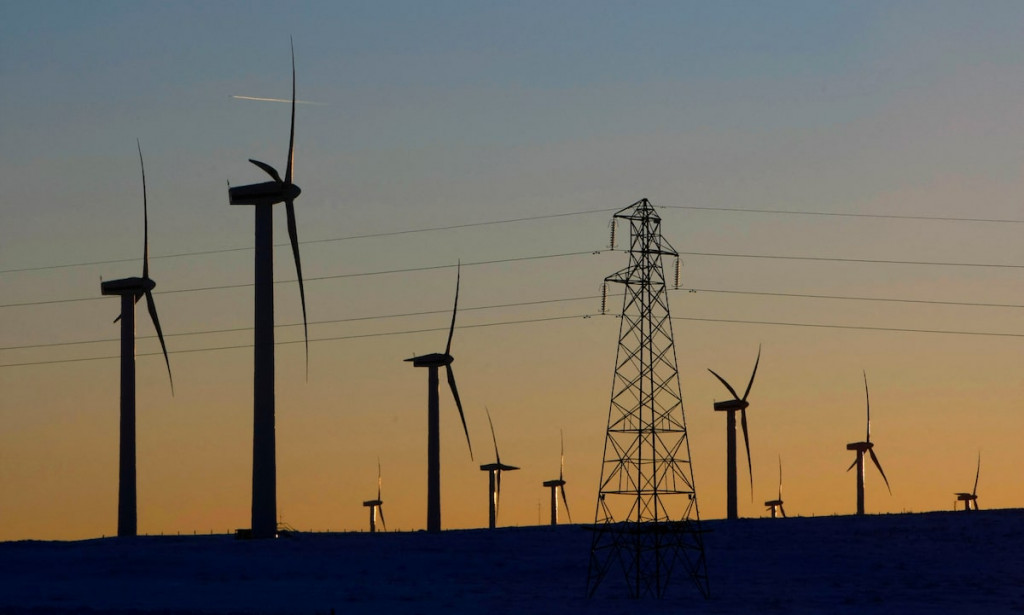
Energy Resilience Under Fire: New IEA Report on Ukraine
28.10.2025Energy Resilience Under Fire: New IEA Report on Ukraine
The International Energy Agency (IEA) has released a new analytical report dedicated to Ukraine’s energy security amid the challenges of winter and ongoing war. The document summarizes the findings of the Agency’s October mission to Kyiv and outlines the key issues facing Ukraine’s energy system — from maintaining stable electricity supply to diversifying gas sources.
Despite a record number of attacks — over 3,100 strikes on generation and distribution facilities in just the past six months — Ukraine has restored about 3 GW of capacity and continues its transition toward a decentralized energy model. Synchronization with the European grid ENTSO-E has become a cornerstone of resilience: electricity imports and exports help balance the system even during crisis peaks.
The Gas Front: Stability Under Threat
After extensive repairs in the spring, Ukraine’s gas infrastructure again came under targeted attacks. In some regions, up to 60% of production was temporarily halted, though storage levels remain at around 13 billion m³. The IEA notes Ukraine’s efforts to import gas from the EU and the U.S., as well as support from the EBRD, EIB, and Norway. Still, the main tasks remain — protecting compressor stations and developing localized backup heating systems.
Decentralized Energy — A Strategic Shield
The IEA defines decentralized generation as “the foundation of future energy security.” Notable examples include DTEK’s 200 MW / 400 MWh energy storage systems and the expansion of the Tiligulska Wind Power Plant, adding more than 700 MW of new wind capacity. These projects not only strengthen grid stability but also shape a new architecture for Ukraine’s energy — flexible, digital, and green.
Six Actions for Energy Resilience
The IEA proposes six strategic directions:
- Strengthening critical infrastructure protection — both active and passive.
- Optimizing supply chains and creating equipment reserves.
- Expanding distributed generation.
- Deepening integration with the EU energy market.
- Deploying backup heating systems (biomass, cogeneration, heat pumps).
- Enhancing coordination among government, business, and international partners.
Coordination between the government, business, and international partners.
The Ukrainian Wind Energy Association (UWEA) has endorsed the IEA’s recommendations, emphasizing the need for fiscal incentives for equipment imports, simplified permitting procedures, and expanded support programs for small-scale wind energy.
Ukraine continues to prove that even under the harshest conditions, it is possible not only to restore the energy system but also to rethink its very principles. A decentralized, renewable, and adaptive energy model is not just a necessity — it is the path toward energy independence and integration into the European “green” community.
For Global 100 RE Ukraine
This IEA report reinforces the core message of our platform: Ukraine’s energy transformation is part of a global process in which the country acts not only as a recipient of support but as a driver of change. Ukraine’s resilience today is a contribution to Europe’s collective security and a vivid example of how renewable energy becomes the foundation of peace, development, and freedom. 🌍
Become a member of 100 RE UA
Switching to 100% renewable energy in Ukraine is possible!




